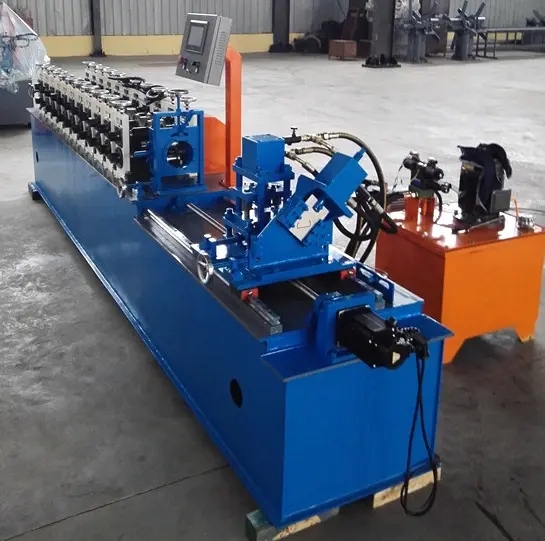
The Evolution and Importance of ERW Pipe Making Machines
Electric Resistance Welding (ERW) pipe making machines represent a significant advancement in the manufacturing of steel pipes. These machines are essential in producing high-quality, durable pipes that are widely used in various industries, including construction, oil and gas, and infrastructure. The process involves using electric resistance to create a strong, welded seam, making ERW pipes a preferred choice for many applications.
Understanding ERW Pipe Production
The ERW pipe making process begins with the careful selection of high-quality steel coils. These coils are unwound and passed through a series of rollers that progressively shape and form the metal into a tubular profile. As the edges come together, an electric current is applied, generating heat that melts the edges of the metal. This heat causes the edges to fuse together, creating a strong weld without the need for additional filler material.
One of the key advantages of ERW pipe making machines is their ability to produce pipes of varying diameters and wall thicknesses, catering to diverse industrial needs. The flexibility of these machines allows manufacturers to adapt to market demands by producing different pipe sizes and specifications on-the-fly, thereby reducing downtime and increasing efficiency.
The Role of Technology in ERW Pipe Manufacturing
Modern ERW pipe making machines are equipped with advanced technology that enhances the efficiency and quality of the manufacturing process. Automation and computerized controls enable precise monitoring of the welding process, ensuring that the welds meet stringent quality standards. Additionally, sophisticated inspection systems are integrated into the production line to detect any potential defects in real-time, minimizing waste and ensuring that only high-quality products reach the market.
Furthermore, advancements in materials technology have allowed for the use of higher-strength steels in ERW pipe production. This not only improves the mechanical properties of the pipes but also broadens their application scope. For instance, these pipes can now withstand higher pressures, making them suitable for use in critical applications such as oil and gas pipelines.

Environmental Considerations
With the increasing emphasis on sustainability, the manufacturing of ERW pipes is also becoming more environmentally friendly. Newer machines are designed to minimize energy consumption and waste. Manufacturers increasingly invest in practices that reduce their carbon footprint and enhance the recyclability of their products. The use of electric resistance welding, which generates minimal waste compared to other welding methods, is an example of how the industry is evolving to meet environmental standards while maintaining efficiency.
Market Demand and Future Trends
The global demand for ERW pipes is projected to rise due to ongoing infrastructure development and expansion in the oil and gas sector. As nations invest in their infrastructure, the need for robust piping solutions will continue to grow. Additionally, the increasing use of ERW pipes in the renewable energy sector, particularly in wind and solar power installations, signifies a shift towards more sustainable energy solutions.
To meet this increasing demand, manufacturers are expected to continually innovate. This could involve improving production techniques, exploring new material options, and integrating cutting-edge technologies such as robotics and artificial intelligence into their manufacturing processes.
Conclusion
ERW pipe making machines play a crucial role in the production of high-quality steel pipes that are indispensable in various industries. With advancements in technology, environmental considerations, and steady market demand, the future of ERW pipe production looks promising. As manufacturers continue to innovate and improve their processes, they will play a pivotal role in shaping the infrastructure of tomorrow while addressing the challenges of sustainability and efficiency. The evolution of ERW pipe making is not just a reflection of technological advancement; it is also a commitment to building a better, more sustainable world.